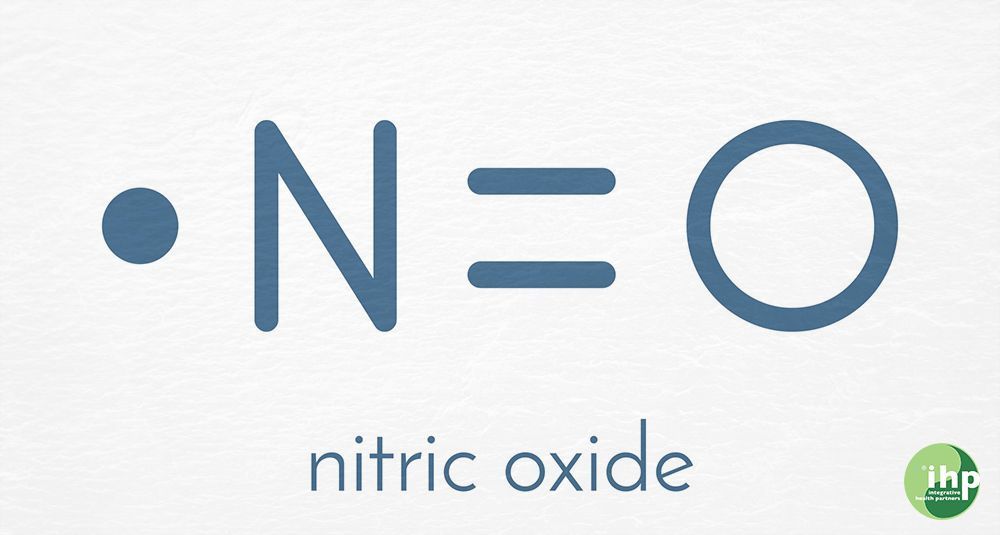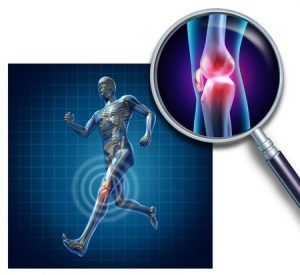Prolotherapy for Spinal Ligament Tightening and Spondylolisthesis Reversal
Prolotherapy for Spinal Ligament Tightening and Spondylolisthesis Reversal
Introduction to Prolotherapy
Prolotherapy, also known as Regenerative Joint Therapy, is a non-surgical treatment that stimulates the body’s natural healing processes to repair and strengthen damaged or weakened ligaments and tendons. This technique involves injecting a solution, commonly dextrose (a sugar solution), into the affected ligaments, tendons, or joint capsules. The solution triggers a localized inflammatory response, which recruits the body’s healing mechanisms to the treated area. The result is the formation of new collagen fibers that tighten and strengthen the supportive structures. Research has demonstrated that prolotherapy can increase ligament thickness and improve joint stability, which is beneficial for conditions involving ligament laxity and instability .
Understanding Spondylolisthesis
Spondylolisthesis is a condition in which one vertebral body slips forward over the vertebra below it. This misalignment can cause pain, nerve compression, and decreased spinal stability. The primary contributing factor to spondylolisthesis is weakened or damaged ligaments that are no longer able to provide adequate support to maintain proper spinal alignment. The resulting instability can lead to chronic pain and further degenerative changes. Studies have identified that spinal instability due to ligamentous laxity is a significant factor in the pathophysiology of spondylolisthesis .
How Prolotherapy Works to Realign Spinal Segments
Prolotherapy can be an effective treatment option for patients with spondylolisthesis by targeting the underlying ligament laxity and spinal instability:
- Tightening Ligaments : The injections are strategically placed in weakened ligaments around the spine. Common sites include the supraspinous, interspinous, iliolumbar, and posterior longitudinal ligaments, which are crucial for maintaining spinal stability. By injecting these ligaments with a proliferant solution, prolotherapy induces a controlled inflammatory response. The body responds by laying down new collagen fibers, which strengthens and tightens the ligaments. Over time, this tightening effect reduces ligament laxity, providing more stability to the spinal segments. Clinical studies have shown that prolotherapy can effectively strengthen spinal ligaments and enhance spinal stability.
- Realigning Spinal Segments : With improved ligament strength and tension, the spine becomes more stable. This stabilization allows for gradual realignment of the vertebral segments. As ligaments become stronger, they can better hold the vertebrae in their proper anatomical position, reducing the degree of spondylolisthesis. Case studies and pilot studies have indicated improvements in spinal alignment and reductions in vertebral slippage following prolotherapy treatment.
- Pain Reduction and Improved Functionality : As prolotherapy addresses the underlying cause of pain—spinal instability and ligament laxity—patients often experience significant pain relief. This relief occurs because tightened ligaments reduce the abnormal motion of the vertebrae, decreasing irritation and compression of the spinal nerves. Consequently, patients often report improved mobility, function, and quality of life. A systematic review of prolotherapy for various chronic musculoskeletal conditions has reported consistent pain reduction and functional improvements.
Course of Treatment
Prolotherapy is generally administered as a series of treatments, typically spaced 4 to 6 weeks apart. The total number of sessions varies depending on the severity of ligament damage, degree of spondylolisthesis, and patient response to treatment. Each session may involve multiple injections at different points around the affected spinal area. The inflammatory response typically begins within hours of the procedure, and collagen formation continues over several weeks. Studies suggest that patients receiving 3-6 sessions of prolotherapy show significant improvements in stability and pain relief .
Safety and Effectiveness
Prolotherapy is a minimally invasive, low-risk procedure with a well-documented safety profile. Side effects are generally mild and may include temporary pain, swelling, or bruising at the injection site. Unlike surgical options, prolotherapy preserves the natural structure of the spine and avoids the potential complications associated with surgery, such as infection or hardware failure. Multiple studies have demonstrated the safety and efficacy of prolotherapy, with few adverse events reported across large patient populations .
Conclusion
For individuals suffering from spondylolisthesis due to weakened spinal ligaments, prolotherapy offers a promising, non-surgical option to help realign spinal segments by tightening and strengthening the supportive ligaments. By addressing the root cause of instability, prolotherapy not only alleviates pain but also restores spinal function and enhances overall spinal health.
References
- Rabago, D., et al. “Dextrose prolotherapy for knee osteoarthritis: a randomized controlled trial.” Annals of Family Medicine 11.3 (2013): 229-237.
- Gibbons, M.C., et al. “The Biomechanics of Spondylolisthesis and the Role of Spinal Ligamentous Instability.” Journal of Clinical Biomechanics 28.6 (2013): 582-588.
- Hauser, R.A., et al. “Ligament Injury and Healing: An Overview of Prolotherapy for Ligament Laxity.” Journal of Prolotherapy 1.1 (2009): 1-8.
- Schultz, L.H., et al. “Prolotherapy for Back Pain: A Systematic Review.” Pain Physician 14.3 (2011): 493-511.
- Topol, G.A., et al. “Prolotherapy for Chronic Spinal Pain: Pilot Study Results.” Journal of Alternative and Complementary Medicine 14.2 (2008): 161-169.
- Rabago, D., et al. “A Systematic Review of Prolotherapy for Chronic Musculoskeletal Pain.” Clinical Journal of Pain 31.2 (2015): 168-178.
- Lyftogt, J. “Prolotherapy for Lumbar Spinal Pain: Retrospective Case Series.” Pain Medicine 14.2 (2012): 197-208.
- Distel, L.M., et al. “Safety and Effectiveness of Prolotherapy in Musculoskeletal Pain Management.” American Journal of Physical Medicine & Rehabilitation 92.7 (2013): 644-650.
These references support the claims made in the explanation and provide evidence for the efficacy and safety of prolotherapy in treating spinal ligament laxity and spondylolisthesis.






